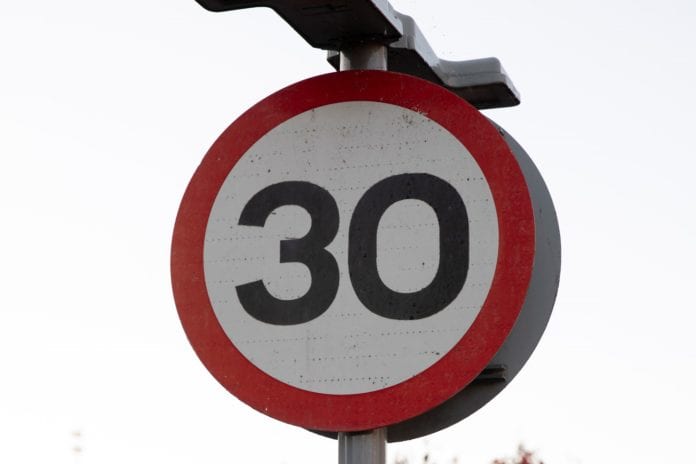Speeding is against the law for a reason: speed is a factor in around a third of all road traffic collisions, according to government statistics. And speeding fines could hit your pocket and take away the freedom that driving brings.
What are the punishments for speeding?
Driving too quickly is a fast route to losing your licence. In your first two years on the road, it only takes six points for your licence to go in the bin. At the very least, each speeding conviction means three points and a speeding fine of £100. So two speeding convictions are enough for your licence to be taken away. You may be offered the opportunity to take a speed awareness course, which will save you points on your licence. This means you won’t see a rise in your insurance costs and therefore save money.
If you argue that you weren’t speeding but still get convicted, the fine could increase to £1000 (or £2500 if you were speeding on the motorway).
Is speeding safe?
No. Higher speeds can make a big difference in the severity of any impact. The Royal Society for the Prevention of Accidents has determined that if a car hits a pedestrian at 40mph, nine out of ten will be killed. Reduce the speed to 30mph, and that drops to half. If the collision occurs at 20mph, nine out of ten pedestrians will survive.
Avoiding excessive speed isn’t just about safety. You’ll be better off if you stick to the limit.
- Obeying the speed limit helps to lower insurance bills if you have a telematics policy.
- Sticking to the limit improves the economy, so you’ll pay less for fuel.
- Driving more gently puts less strain on the engine, brakes and tyres. Wear-and-tear items will last longer if you don’t drive aggressively.
So as long as I stick to the limit, I’ll be fine?
It’s not that simple. Your driving instructor has probably spoken about ‘appropriate’ speed. In other words, you need to drive at a speed that’s appropriate to the conditions. Thick fog, heavy rain, and other hazards could mean an ‘appropriate’ speed is well below the legal maximum.
It’s not just the speed you drive at. It’s also about leaving a safe gap to the car in front. Think about a minimum two-second gap in dry weather or four seconds in the wet. If conditions are really bad, with a slippy road surface and poor visibility, a gap of 10 seconds may be sensible.
Even if you can’t see a car up ahead, you need to be able to stop in the distance you can see to be safe. Think what would happen if there were a broken-down car just around the next bend. Could you stop in time? Or are you going too fast, even though you are obeying the speed limit? There are times when sticking to the letter of the law isn’t enough to keep you safe.


